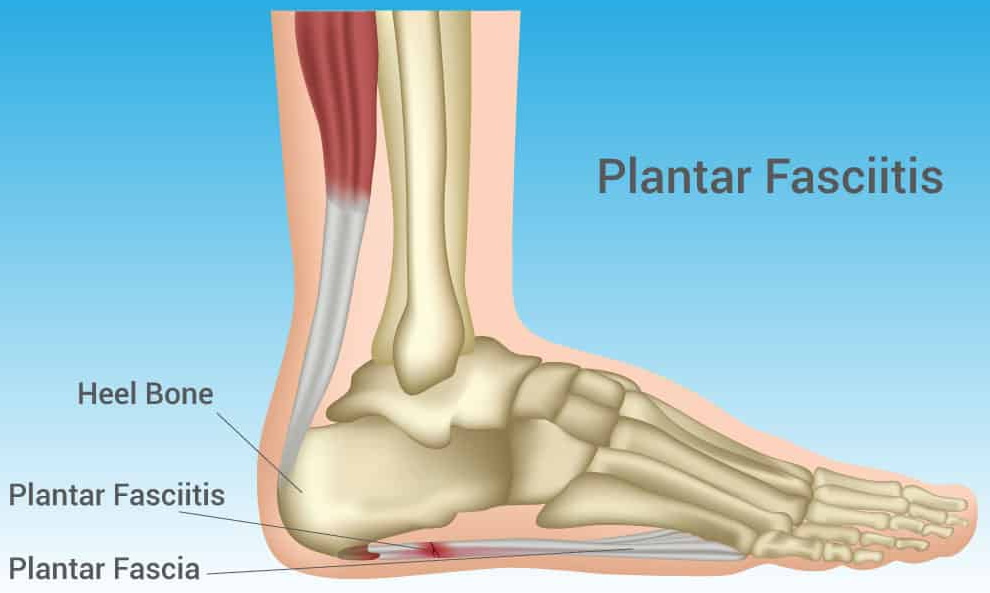Plantar fasciitis night Splint: Plantar fasciitis is a pretty common foot issue that brings on sharp heel pain, affecting about one in ten people at some point in their lives.
Table of Contents
Night Splints for Plantar Fasciitis
This pain can hit you at any time, but it tends to be the worst after you’ve been resting, like when you wake up in the morning or after sitting for a long stretch.
Those first few steps in the morning can feel excruciating, and unfortunately, that discomfort might stick around throughout the day.
If you’re finding that plantar fasciitis night splint is getting in the way of your daily life, it’s definitely time to take action.
Night splints are special devices you wear on your feet while you sleep, and they might just be the answer to easing your plantar fasciitis pain.
Here’s what you should know about how night splints function and whether they could be a good fit for you.
Write a tweet about night splints?
The plantar fascia is a sturdy band of tissue that stretches across the bottom of your foot, linking your heel to your toes.
It plays a crucial role in supporting your foot and cushioning the impact when you stand, walk, or run. However, repetitive movements, overuse, and stress can lead to irritation and inflammation of the plantar fascia, resulting in a condition known as plantar fasciitis.
If you have plantar fasciitis, you might notice that the pain tends to be worse after you’ve been inactive for a while. This is because when you sleep or sit, your feet aren’t getting much use, which can cause the inflamed tissues to tighten up.
Then, when you get moving again, those tissues stretch out, often leading to sharper pain.
How night splints relieve plantar fasciitis pain?
If you’ve been diagnosed with plantar fasciitis night splint, taking time to rest is crucial for your recovery. It might feel a bit odd, though, since resting can sometimes seem to make the pain worse.
The trick is to find a balance between resting and doing gentle stretches. Dr. Glover often recommends a tailored set of stretches to help ease the tension in your foot, heel, and ankle.
Night splints can also be a game-changer, as they combine these two approaches to alleviate plantar fasciitis night splint pain. A night splint resembles a boot or a sock. You slip it on your foot before bedtime, and it gently lifts your toes, keeping your foot in a light stretch throughout the night.
You shouldn’t feel any pain while wearing a night splint, but you should definitely notice a stretch along the bottom of your foot. Some night splints are adjustable, and Dr. Glover will help you find the perfect fit for your needs.
This gentle stretch helps your plantar fascia stay elongated, even when you’re not on your feet. Plus, it boosts blood circulation, which can help reduce inflammation and pain.
When morning rolls around, you simply take off the splint and start your day. By keeping your plantar fascia from tightening while you sleep, the splint can help you experience less discomfort with those first steps in the morning.
Night splints and other plantar fasciitis treatments
Night splints are drug-free and noninvasive, making them one of the most effective conservative treatments for plantar fasciitis.
Depending on your condition, Dr. may prescribe night splints along with other treatments to help your plantar fascia night splint heal. These treatments might include any of the following:
- Corticosteroid injections
- Daily stretches
- Custom orthotics
- Nonsteroidal anti-inflammatory drugs (NSAIDs)
For more home remedies visit remedyu.com.
